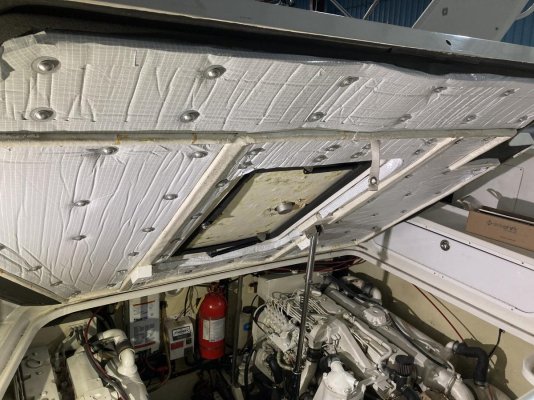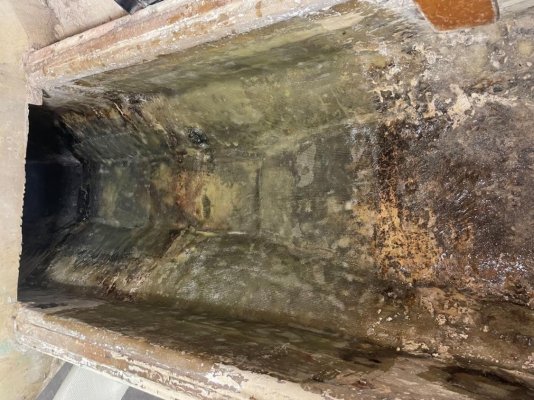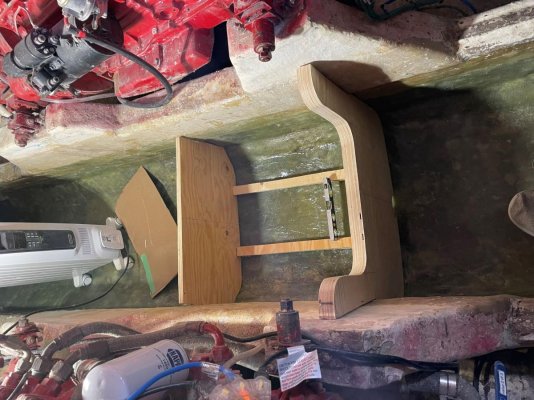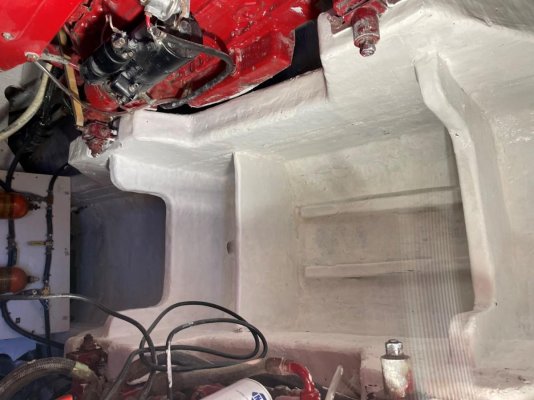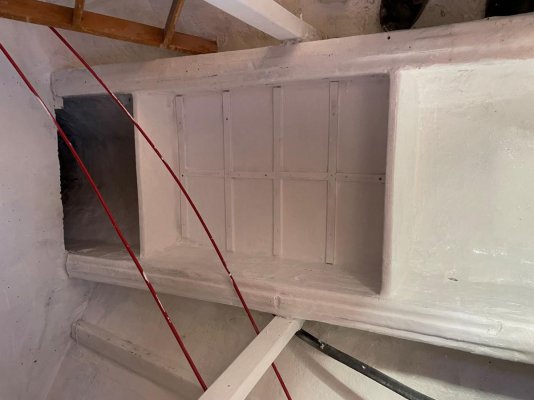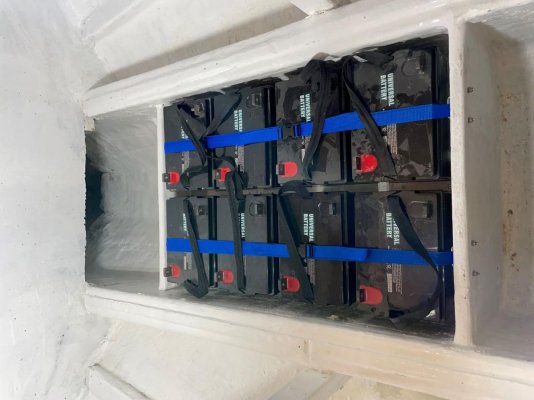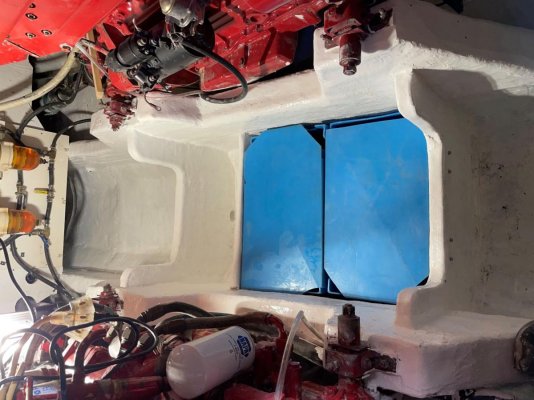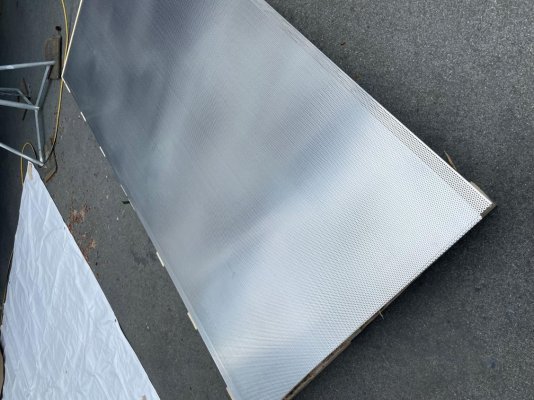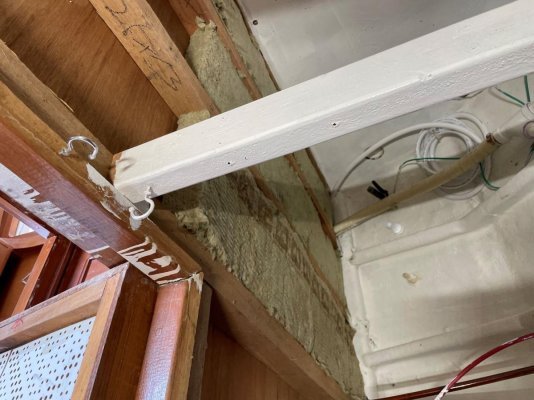Marco Flamingo
Guru
- Joined
- Jan 7, 2020
- Messages
- 1,108
- Location
- United States
- Vessel Name
- CHiTON
- Vessel Make
- Tung Hwa Clipper 30
I agree that sealing small holes is beneficial but not before you insulate the main surfaces first. Start with the big areas and finish with the small ones.
I did the opposite. Went with the $50/one hour foam gun soundproofing. Dropped 5db. Not sure I'd get much more spending $1500 in a complex panel installation after having sealed up the trouble areas. Most of them would be very difficult to seal with panels and then would have been more difficult to seal the small leaks that panels can't cover.
Get a decibel meter for your phone (free download) and really identify the areas where the engine noise is coming through. It generally isn't in a straight line from the engine to your ear. My "hottest" area was under the rear galley sink. The sink drain and FW had penetrations in the original soundproofing that went into the rear of the engine room in an inaccessible area to sound proof with panels. Another hot area was the forward head where the VacuFlush and FW penetrations went through the original soundproofing in to the engine room. The head was very noisy underway and, because of the vents in the head door, that noise was coming into the main area. I thought that the engine noise would be coming straight from the engine (easy to put panels between me and the engine), but most of the noise was travelling a circuitous path and coming from the front and rear of the main cabin.
Don't buy the orange canned foam. Doesn't look good.





